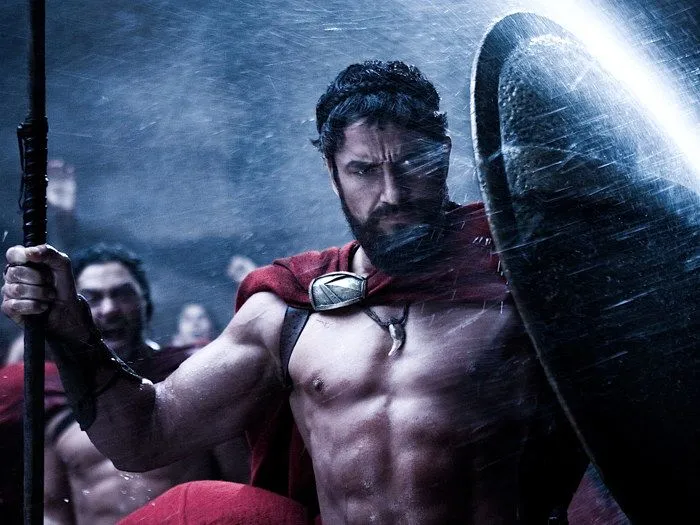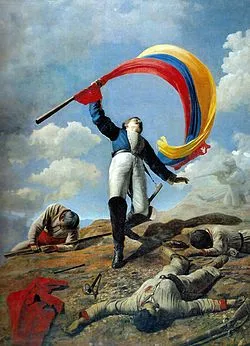Source:

On this day as today, May 2, 1791, Manuel Atanasio Girardot was born in San Jerónimo, Antioquia, Colombia. He received a very good education, proper to his social condition; He graduated in Law on October 30, 1810, when he graduated from the Colegio Mayor de Nuestra Senora del Rosario in Bogota, Colombia. He did not exercise the profession of law to join the newly initiated emancipation, joining the Auxiliary battalion with the rank of lieutenant, under the direction of Captain Antonio Baraya (1776-1816). A year later, it was highlighted at the Battle of Bajo Palacé, Popayán, Colombia, on March 28. In 1813, Atanasio Girardot joined the army of Simón Bolívar (1783-1830) during the Admirable Campaign, and fought with gallantry during the occupation of the cities of Trujillo and Mérida. When the army of the Liberator advanced towards Caracas, Girardot was in charge of the rearguard from Apure, until reaching it in the vicinity of Naguanagua, Carabobo State, next to the hill of Bárbula, where they would face the realistic army commanded by Domingo Monteverde (1773-1832) , September 30th. Bolivar sent that day the troops of Girardot, Rafael Urdaneta (1788-1845) and Luciano D'Elhuyar (1793-1815), who managed to evict the royalists. This triumph was mourned by the loss of the brave Colonel Girardot, who died when he was hit by a rifle bullet, when he fixed the national flag on the top of the hill of Bárbula, Carabobo State. He had the rank of Captain. Bolívar called him "the new Leonidas", referring to the Spartan hero who with 300 soldiers held at Thermopylae thousands of fighters sent by the Persian emperor Xerxes. Directorate of Education of the Bolivarian Army, spreading our history.
Source:

The painting The death of Girardot in Bárbula, is a pictorial work of the Venezuelan Cristóbal Rojas, the first of importance of the 25-year-old painter from Cúa (Venezuela). It is an oil painting on canvas of 287 x 217 cm, painted in 1883 to compete in the National Exhibition of the "Centennial Hall" on the occasion of the centenary of the birth of Simón Bolívar.1 The jury of the contest, chaired by Ramón de la Plaza he granted Rojas the second place for his painting, along with the work Delivery of the Numancia flag to the battalion without a name by Arturo Michelena. The first place was awarded to a work by Martín Tovar y Tovar.2 The government of the then president of Venezuela Antonio Guzmán Blanco acquired the table for 8,000 bolivars and granted Rojas a scholarship of 50 pesos a month to study in Paris.